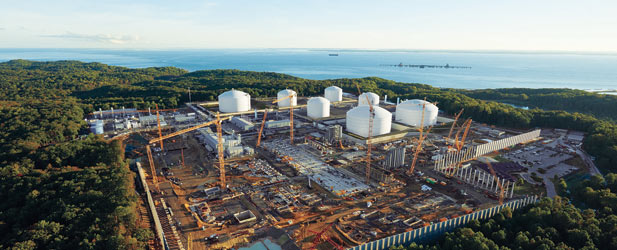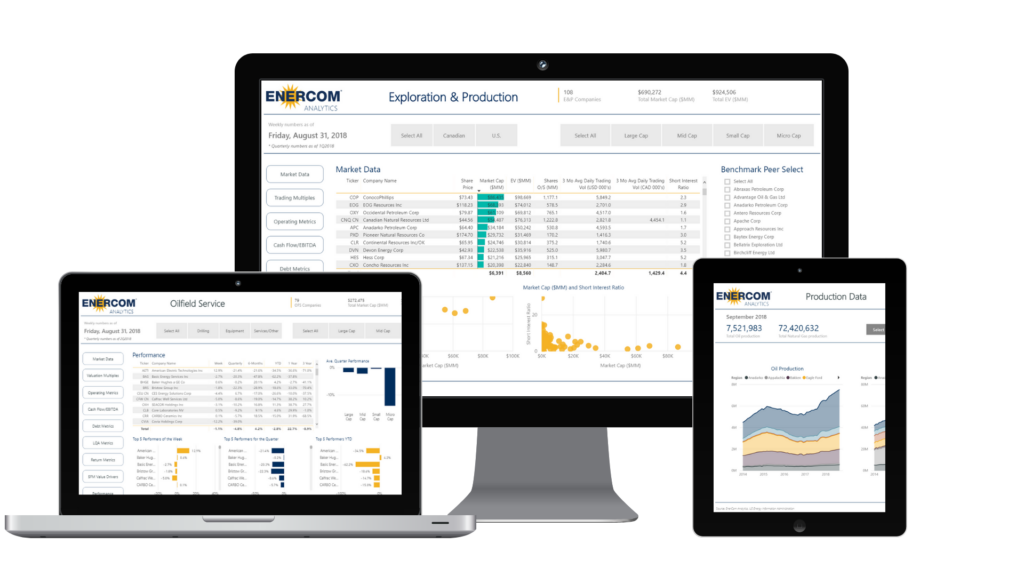U.S. producers enjoy higher prices due to international customers for LNG export cargoes; Canadian gas becoming increasingly stranded – report
A lack of market choice for Canadian natural gas led to increased volatility and depressed prices over the summer, creating a higher-than-usual differential with the price of U.S. natural gas, according to the latest oil and gas price forecast by Deloitte’s Resource Evaluation and Advisory (REA) group.
The Deloitte report says this trend is likely to continue as Canadian natural gas becomes increasingly stranded while U.S. producers boost their production to meet a growing export market.
Canada’s gas has two buyers: Canada and the U.S.
“Canadian producers essentially have only two places to sell their natural gas – Canada or the United States – which puts them at a distinct disadvantage to the U.S. producers who have many more options,” says Andrew Botterill, Partner, REA group.
“Not only is the United States increasing its exports to Mexico, it has also seen higher exports of natural gas to other international markets, thanks to the construction of several LNG projects along the U.S. coasts,” Boterill said.

Petronas made headlines in September 2016 when Canada’s new prime minister, Justin Trudeau, approved the Malaysian energy giant’s $30 billion Northwest LNG project. The proposed liquefied natural gas facility near Prince Rupert, B.C., would have shipped 19 million tons a year of frozen LNG, much of it sourced from Canada’s vast Montney play, to markets in Asia.
The LNG export industry is thriving in the United States under the same global market conditions, while B.C. has yet to see the construction of a single project out of 20 or so proposed since 2011, the Register Guard reported after the project was cancelled. Former TransCanada executive called the decision to kill the project ‘a tragedy for Canada … a real condemnation of this country and the utterly unproductive entities in it that simply make any development virtually impossible,’ the Financial Post reported.
Canada’s west coast LNG export projects are too slow to approve, permit and start; meanwhile U.S. is permitting and building liquefaction facilities at a relatively fast clip; plants will move U.S. gas production to Asia, Europe

In contrast to the U.S. situation, Botterill notes that many Canadian LNG projects have stalled and the result is that Canadian prices are expected to continue to lag behind those for U.S natural gas, Deloitte said in its forecast. The latest Deloitte forecast expects Henry Hub to be US$3.10/Mcf for the rest of the year and AECO to be C$2.00/Mcf in 2017, resulting in an elevated differential to Henry Hub of US$1.50/Mcf.
Oil exports: WCS heavy oil differential could go higher if U.S. refiners increase light oil capacity; but a drop in U.S.-Venezuela heavy oil import volume would benefit Canadian oil sands producers
Deloitte forecasts the WCS heavy oil differential could go even higher in the long term as U.S. refineries increase their refining capacity for light oil, although this could be mitigated by any decrease in Venezuelan oil exports to the U.S., which would create an opportunity for oil sands producers to pick up market share. Taking these two factors into account, Deloitte is forecasting WCS to be C$45.50/bbl for the rest of this year and WTI to be US$50.00/bbl.






